The pearl tree, also known colloquially as the blood cockle tree, is an incredibly useful plant with a multitude of purposes, from being a decorative plant to possessing medicinal properties that can cure various ailments. Discover everything you need to know about this fascinating tree right here!
1 What is the Pearl Tree?
Origin and Significance of the Pearl Tree
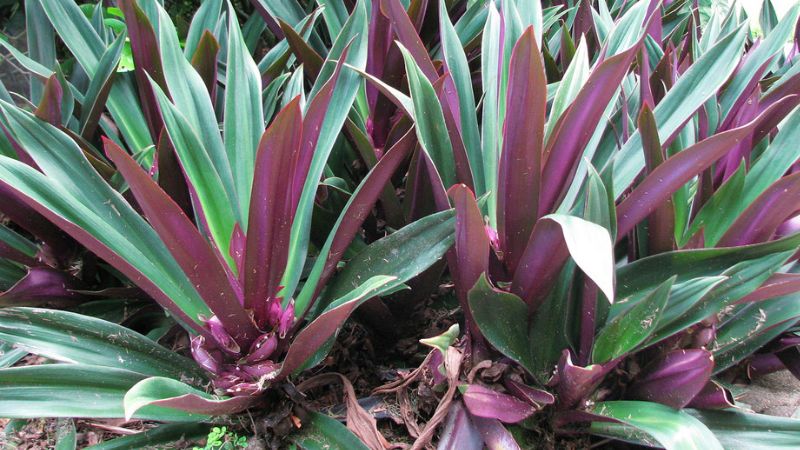 Origin and Significance of the Pearl Tree
Origin and Significance of the Pearl Tree
The pearl tree, known by several names such as blood cockle tree, le ban, bang hoa, and scientifically as Tradescantia discolor L’Hér, belongs to the Commelinaceae (Thài Lài) family.
Native to tropical America, the pearl tree is widely distributed in Vietnam and is not particular about its environment or climate. This makes it a popular choice for landscaping in gardens, parks, and other outdoor spaces.
Feng Shui Significance of the Pearl Tree
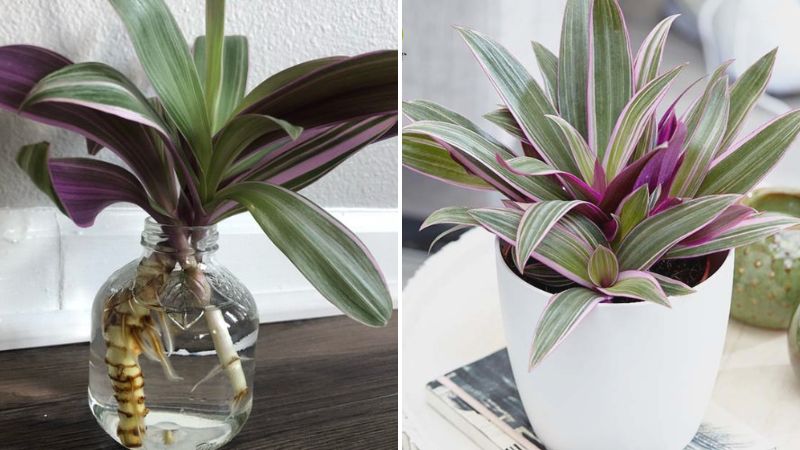 Feng Shui Significance of the Pearl Tree
Feng Shui Significance of the Pearl Tree
From a feng shui perspective, the pearl tree is believed to bring good fortune to its owners in terms of finances, career, and even romantic relationships. Many entrepreneurs choose to display pearl trees as desk plants, hoping to attract positive news and smooth sailing in their ventures. Single individuals also opt to grow pearl trees, wishing for a smooth journey in their love lives.
Characteristics and Classification of the Pearl Tree
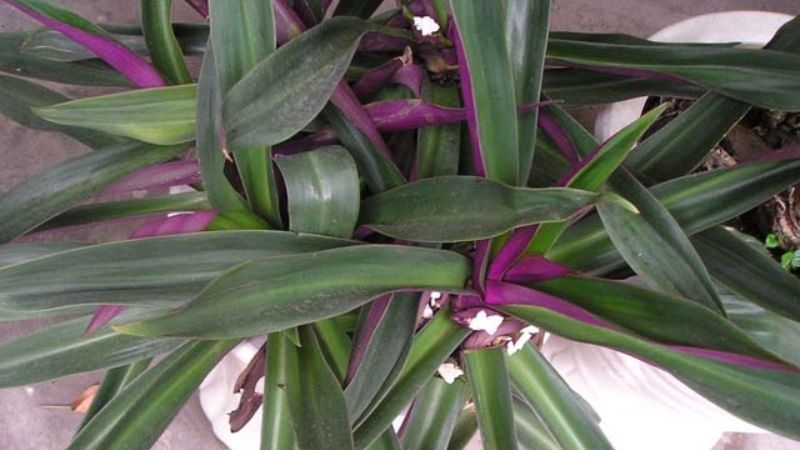 Characteristics and Classification of the Pearl Tree
Characteristics and Classification of the Pearl Tree
The pearl tree is a long-living herbaceous plant that is commonly found in nature and in landscaped areas.
With a small stature, the pearl tree only grows to a height of approximately 30-45 cm, with a diameter of 2.5-5 cm. Its stem is enveloped by leaf sheaths, and it does not branch out during growth.
The leaves of the pearl tree are around 18-25 cm long and 3-5 cm wide, featuring a sheath but no petiole. The upper surface of the leaves is green, gradually darkening towards the tip and lightening towards the sheath. The underside of the leaves boasts a purple hue.
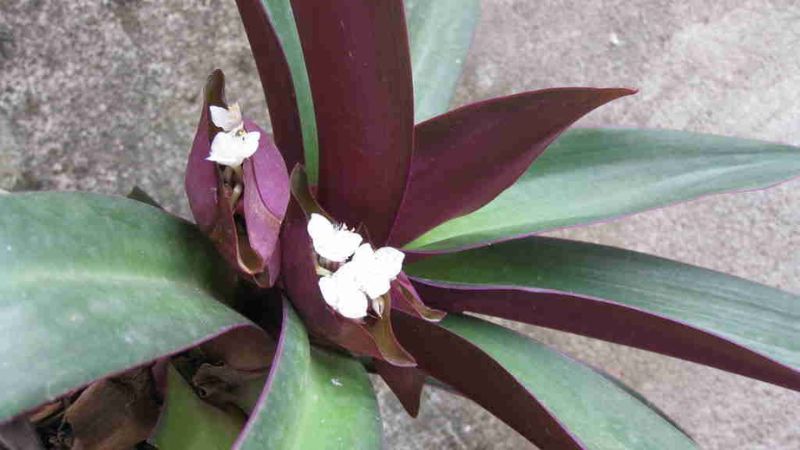 The pearl tree’s flowers have three pure white petals.
The pearl tree’s flowers have three pure white petals.
The flowers of the pearl tree are characterized by three pure white petals, with white and yellow stamens. The petals are pointed at the tips and rounded in the middle, forming a shell-like shape when closed. The flowers bloom profusely during the summer season.
The fruit of the blood cockle tree is a 3-4 mm long capsule with three compartments that open up into three shell-like segments, containing angular and rather hard seeds.
2 Benefits of the Pearl Tree
Health Benefits
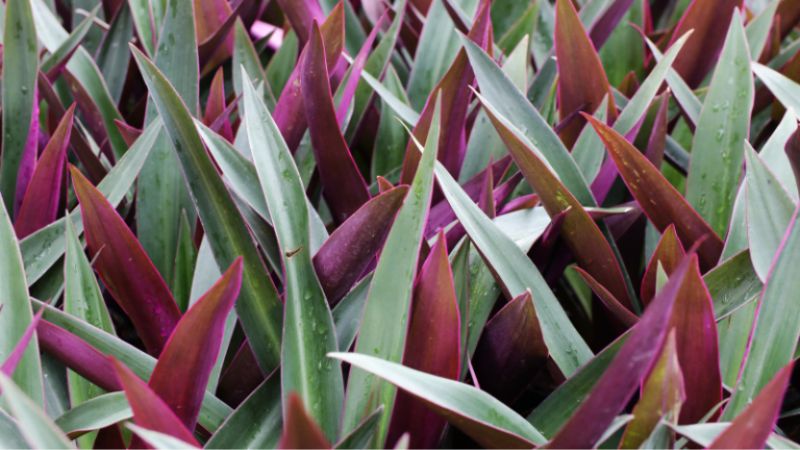 Benefits of the Pearl Tree
Benefits of the Pearl Tree
The pearl tree is a versatile medicinal plant, widely used in traditional folk medicine and recognized by East Asian medicine for its therapeutic properties. It is effective in treating ailments such as acute and chronic tracheitis, coughs caused by lung heat and phlegm, fever, and urinary retention. The plant has a cold nature and a mild sweet taste, making it relatively easy to consume. The flowers and leaves are the parts typically used for medicinal purposes.
Culinary Uses
Not many are aware that the pearl tree also has its place in the kitchen. It can be used in cooking to impart a delicious and nutritious flavor to dishes. Try making a salad or stir-fry with pearl tree leaves for a unique culinary experience.
3 How to Grow and Care for the Pearl Tree
Planting the Pearl Tree at Home
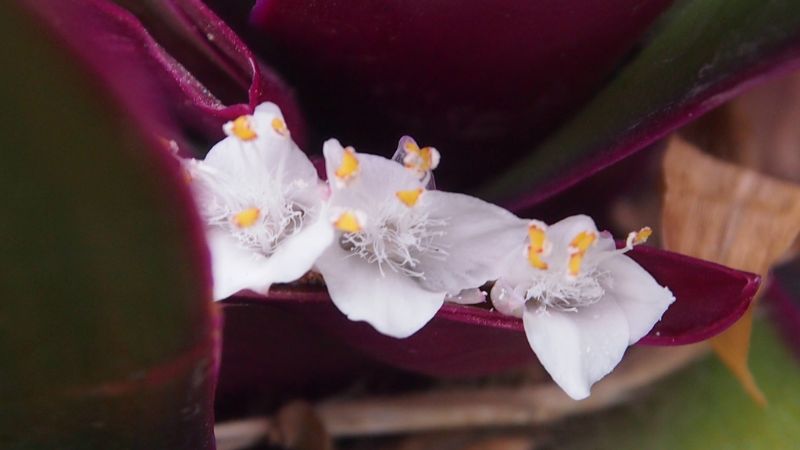 Planting the Pearl Tree at Home
Planting the Pearl Tree at Home
The pearl tree is easy to cultivate and highly adaptable, making it a resilient plant that can thrive with minimal preparation.
However, to ensure optimal growth conditions, consider the following factors:
- Seedling Quality: The pearl tree can be grown from seeds or propagated from the mother plant. For better survival rates and faster results, opt for propagation. Choose healthy seedlings with vibrant, dark green leaves, free from pests and diseases, and boasting a robust root system.
 Seedling Quality
Seedling Quality
- Soil: While the pearl tree is not particular about soil type, it thrives best in well-aerated, loamy soil that is rich in organic matter and retains moisture effectively.
Steps to Plant the Pearl Tree
Caring for the Pearl Tree
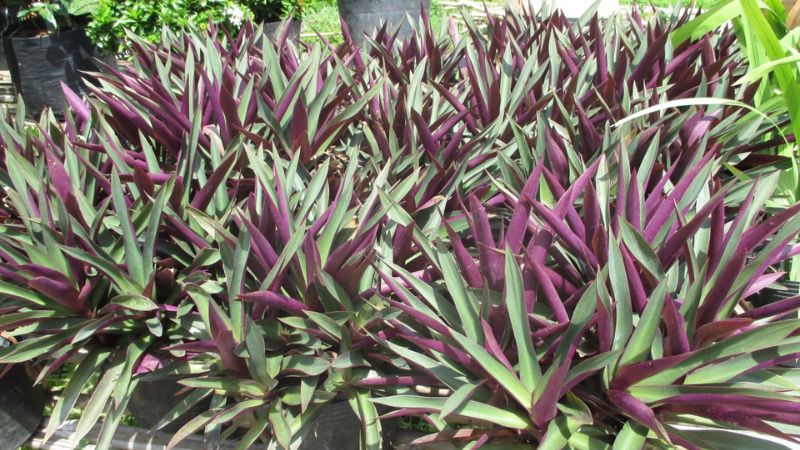 Caring for the Pearl Tree
Caring for the Pearl Tree
Given its robust nature and ability to thrive in various conditions, the pearl tree does not require meticulous care. However, to promote lush growth and rapid sprouting, consider the following factors:
- Light: The pearl tree favors bright conditions, so if grown in pots, ensure it receives gentle morning and late afternoon sunlight. Aim for a minimum of 2-3 sessions per week.
- Watering: The pearl tree flourishes in moist soil, so regular watering is essential. Water the tree once or twice a day during the summer and reduce the frequency to once or twice a month in the winter.
- Fertilizer: When planting and as the flowering season approaches, apply NPK or organic fertilizer (mixing one part fertilizer with five parts water) to boost the tree’s growth and encourage blooming.
Notes on Growing and Caring for the Pearl Tree
 Notes on Growing and Caring for the Pearl Tree
Notes on Growing and Caring for the Pearl Tree
Although the pearl tree is remarkably resilient and can endure harsh environmental conditions, regular monitoring of its surroundings is crucial if you desire lush growth and abundant flowers. Create optimal growth conditions for the tree, and it will reward you with its beauty and vitality.
4 6 Beautiful Images of the Pearl Tree
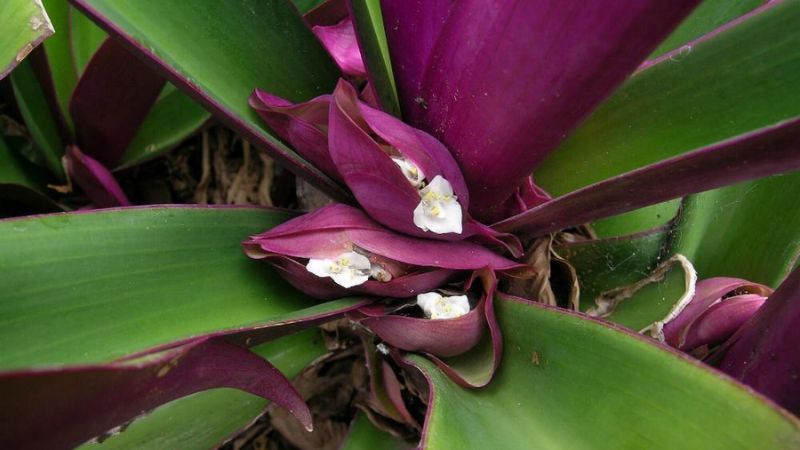 The pearl tree’s flower buds resemble cockle shells.
The pearl tree’s flower buds resemble cockle shells.
 The pearl tree’s flowers beginning to bloom.
The pearl tree’s flowers beginning to bloom.
 The pearl tree used as an ornamental plant.
The pearl tree used as an ornamental plant.
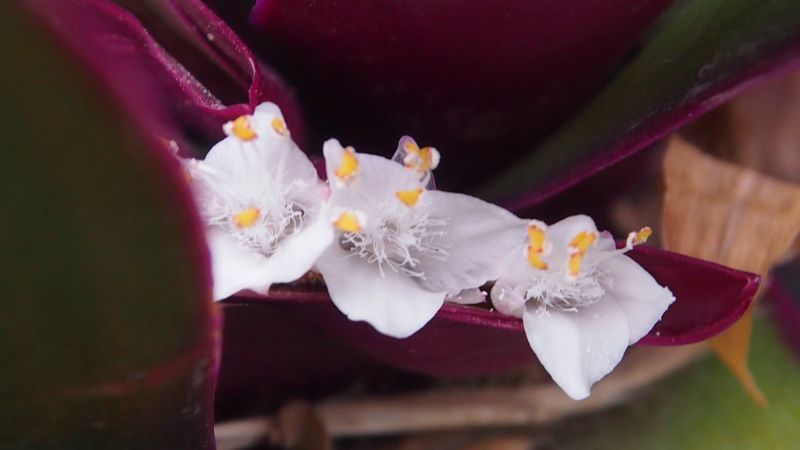 The tiny, adorable flowers of the pearl tree.
The tiny, adorable flowers of the pearl tree.
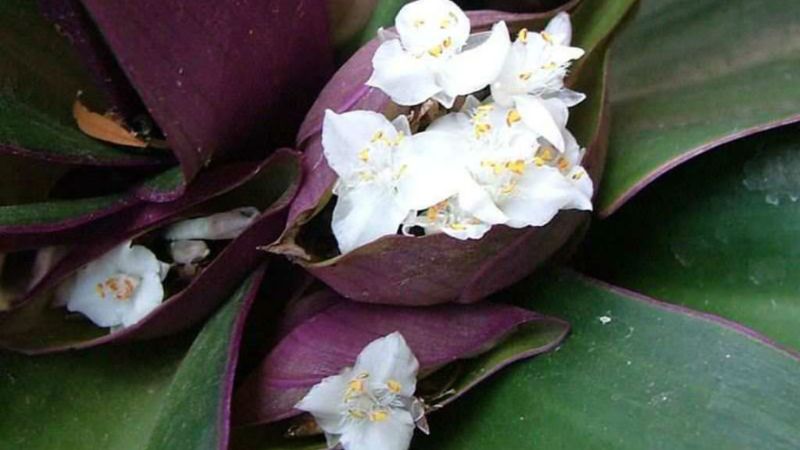 The pristine beauty of the pearl tree’s flowers.
The pristine beauty of the pearl tree’s flowers.
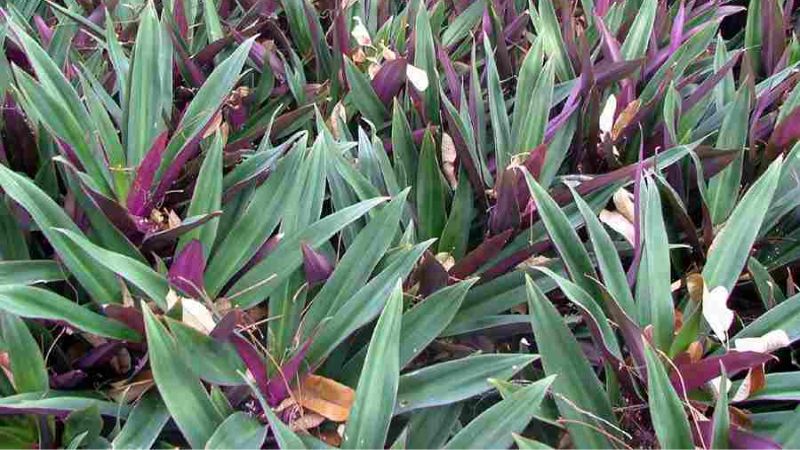 Thriving bushes of the pearl tree.
Thriving bushes of the pearl tree.
We hope this article has enlightened you about the significance, benefits, and cultivation of the pearl tree. Stay tuned for more informative content by following us daily!
2023 Lunar New Year Gift Ideas for Older Family and Friends
As 2021 approaches, families worldwide are gathering to celebrate the special bond between grandparents and their grandchildren. To show their love and admiration, these thoughtfully chosen gifts will bring a smile to the face of the elderly. Here, we have compiled a list of the 13 most meaningful Tet presents that can bring joy to our beloved grandparents.






































